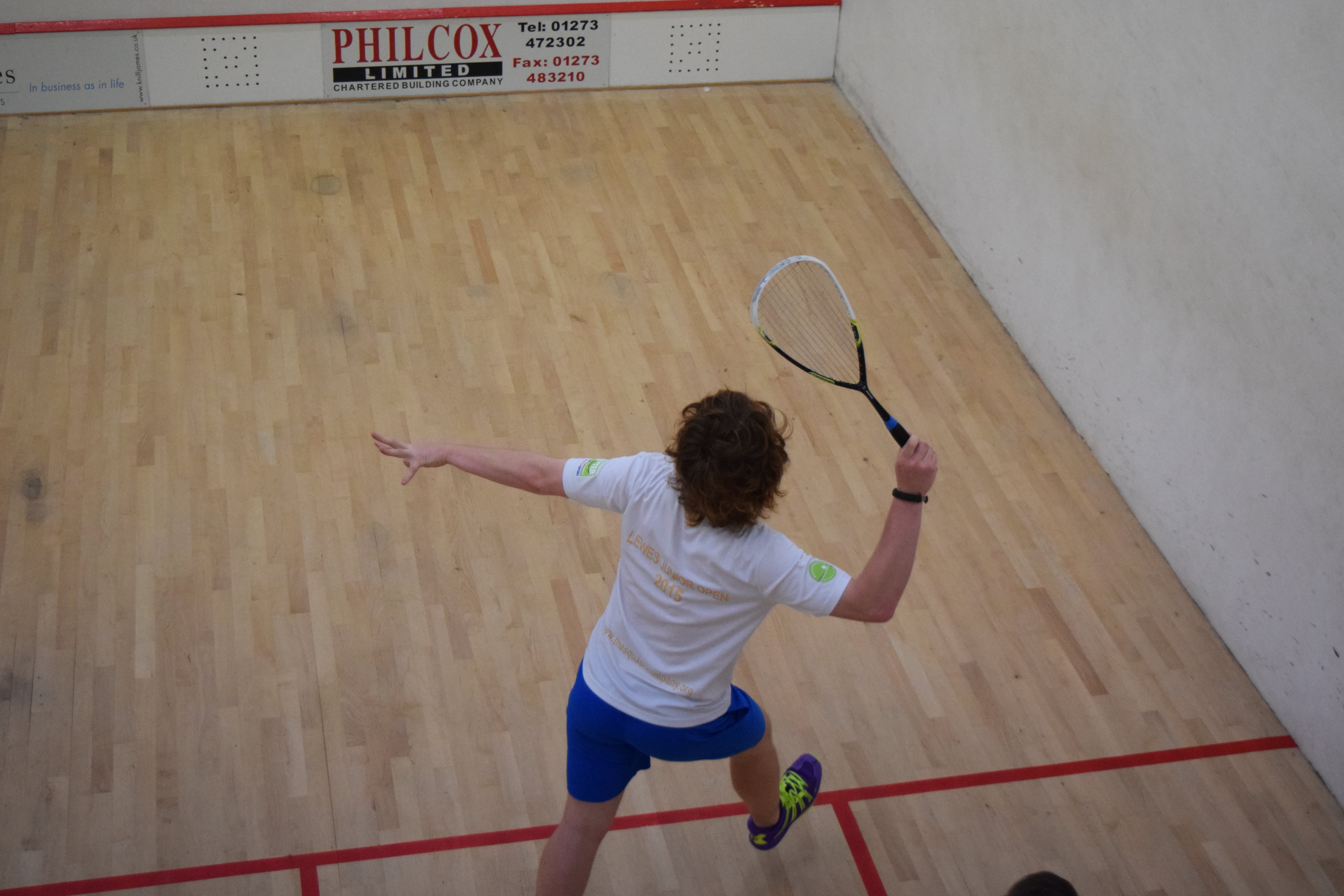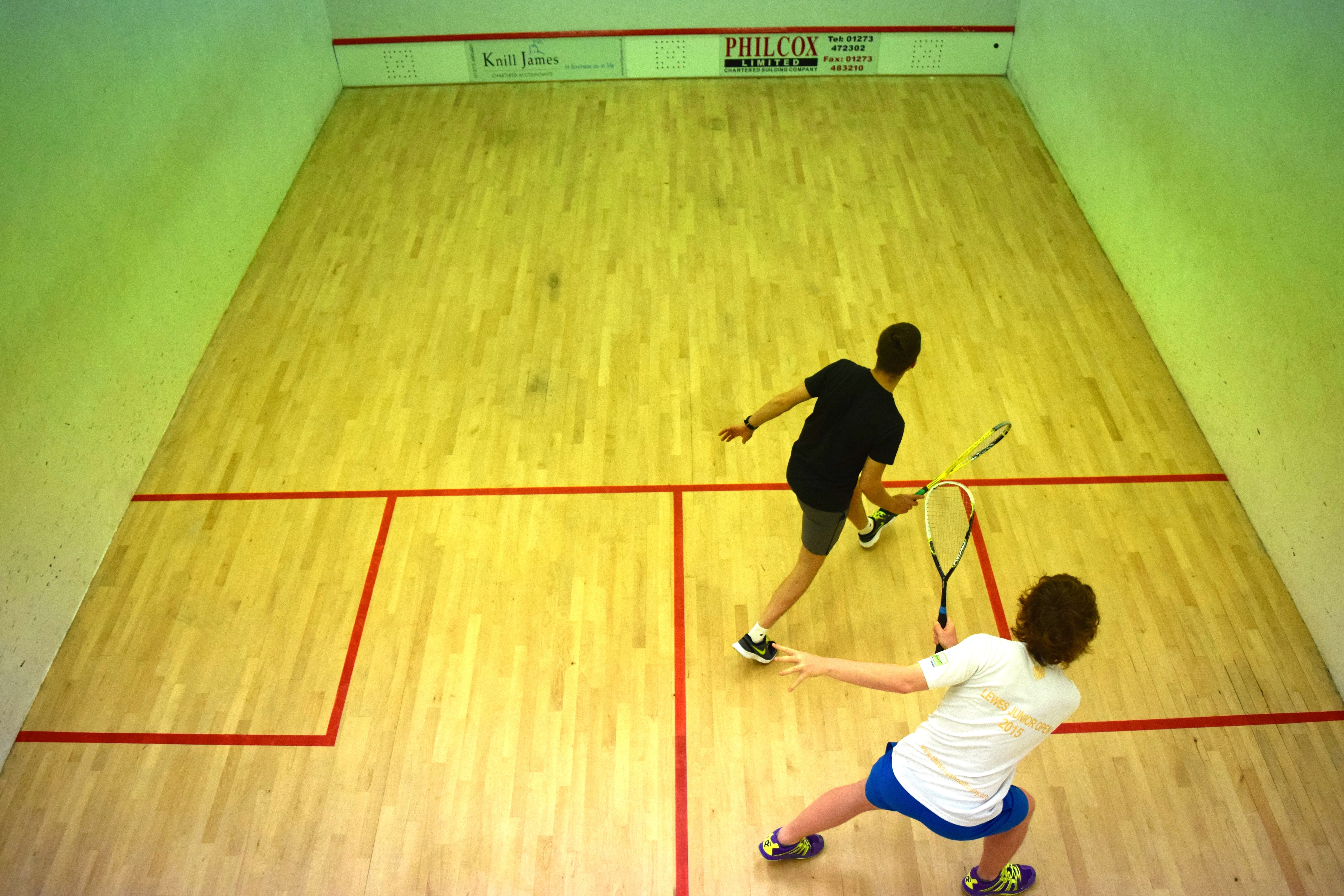When to do it and when not to do it.
The Return of Serve is such an important shot, as in combination with the Serve, it sets the tone for the rally and decides who will take control of the T-Position and control the early stages of the rally.
Timing it right
If you time a Cross-Court Volley badly (or of course hit it badly), you can end up putting the ball right onto your opponent’s racket, giving them a great opportunity to attack you and apply pressure.
If you are going to Cross-Court Volley a Serve, or hit a Cross-Court Volley at any time, try to take it as early as you can. This not only takes more time away from your opponent but it also means they are less likely to be established on the T-Position after their previous shot. If you can hit it early enough, you will hopefully catch them with their body weight going towards the T-Position as they move forwards, which would make it very hard for them to change direction and return a well hit Cross-Court.
Alternatively, you can look to Cross-Court on the Volley a little bit later as a player’s serve comes off the side wall. The idea here is to catch them when they are starting to drift in towards your side of the court anticipating a Straight shot. With their weight heading away from the T-Position, a sudden change of direction can be lethal and leave them scurrying to stay in the rally.
In conclusion, if you want to Cross-Court Volley more effectively as a Return of Serve, either hit it very early or a lot later.

